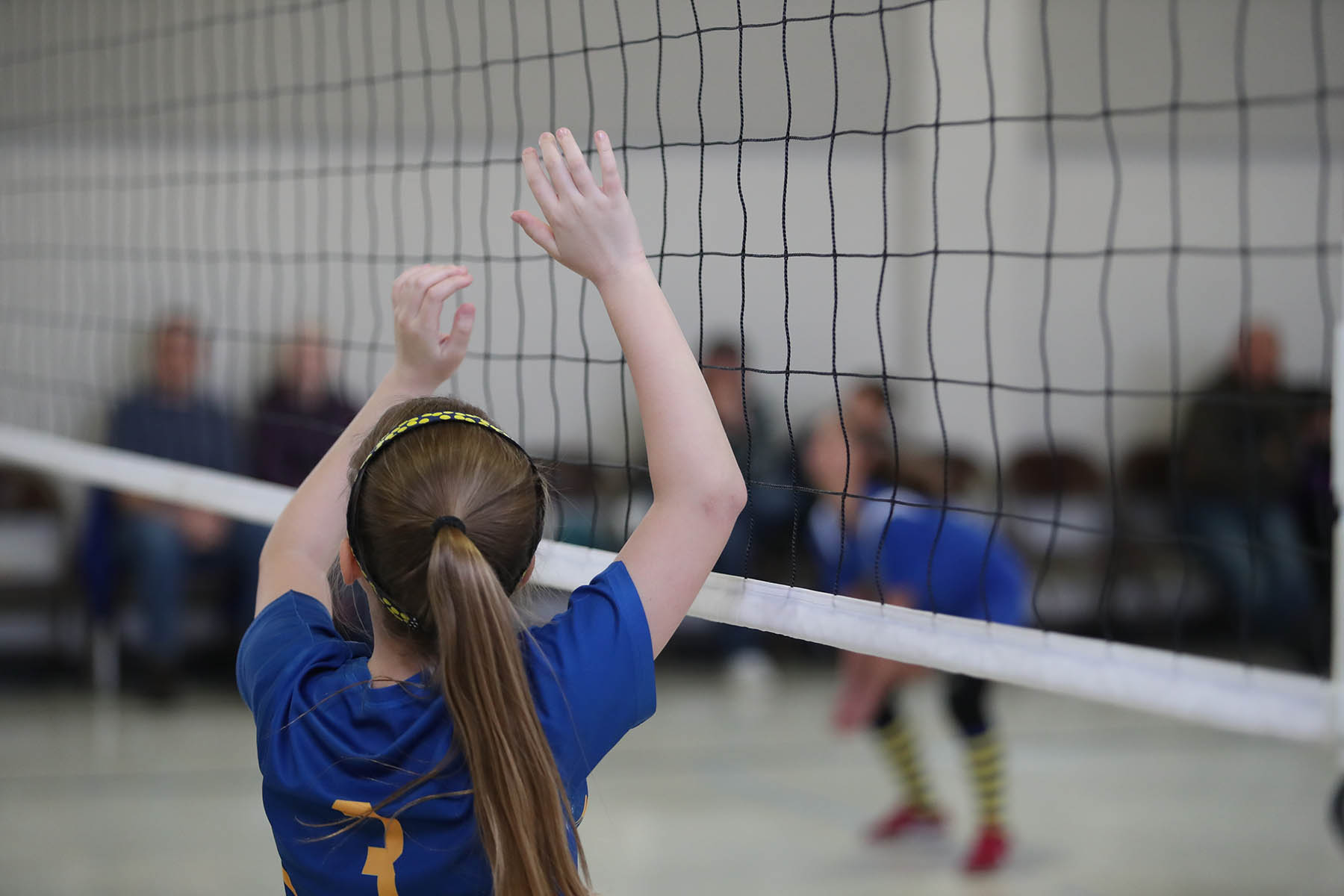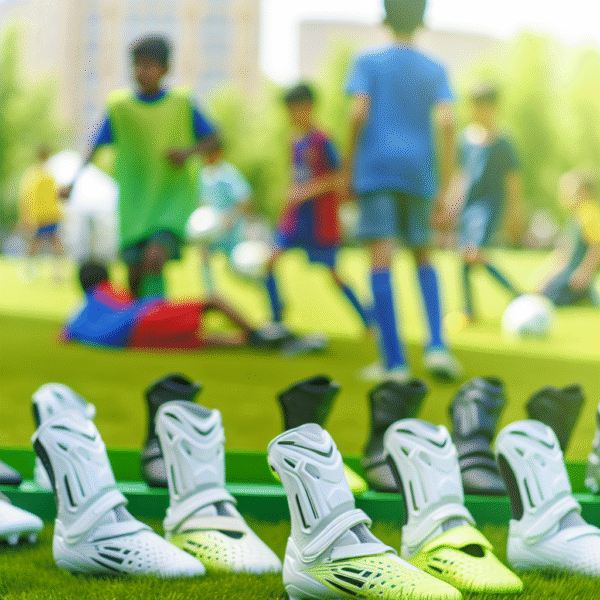Getting started with youth volleyball basics opens up a world of fun, fitness, and skill-building for young athletes. Whether your child is stepping onto the court for the first time or looking to sharpen their skills, understanding the fundamentals of the game lays the groundwork for success. In this beginner’s guide, we’ll walk through the essential rules, techniques, and positions that every new volleyball player should know.
Understanding the Basic Rules of Youth Volleyball
The game of volleyball is fast-paced and requires teamwork and strategy. Two teams compete to send the ball over the net and land it in the opponent’s court. Each side is allowed up to three hits before returning the ball. A rally is won when the ball hits the floor on the other side or an error is committed. Key youth volleyball basics include:
-
No double hits (a player may not hit the ball twice in a row)
-
No catching, lifting, or throwing the ball
-
Players rotate positions clockwise after winning a rally
-
Points can be scored on every serve (rally scoring system)
Understanding these simple rules helps beginners build confidence and play the game correctly from the start.
Essential Techniques for Beginners
Learning youth volleyball basics also means developing a strong foundation of technical skills. Each of these techniques plays a vital role in gameplay:
-
Serving: The starting action for each point. Beginners often use the underhand serve for control, progressing to overhand as their skill improves.
-
Passing (Bumping): A foundational skill that uses the forearms to direct the ball to the setter. Proper form includes straight arms and a low stance.
-
Setting: A soft touch with the fingertips to position the ball for an attacker. Good setting sets up powerful offensive plays.
-
Hitting (Spiking): A forceful strike that sends the ball over the net. Timing, approach, and arm swing all contribute to a successful spike.
-
Blocking: A defensive move to stop the opponent’s spike at the net. Blocking requires good timing, jump height, and hand positioning.
Mastering these fundamentals is key to progressing in youth volleyball.
Positions on the Court
Each volleyball position has a unique role in the team’s success. Knowing the positions is a major part of understanding youth volleyball basics:
-
Setter: The playmaker who sets the ball for attackers. Setters must be quick, smart, and excellent communicators.
-
Outside Hitter: A powerful attacker from the left side. These players also play a major role in defense.
-
Middle Blocker: Positioned at the net for blocking and quick attacks. Agility and awareness are essential.
-
Opposite Hitter: A right-side attacker who also blocks and defends. Often a versatile all-around player.
-
Libero: A back-row defensive expert who wears a different colored jersey. Liberos focus on digs, passes, and serve receives.
Understanding these positions helps young athletes find their role and develop specialized skills.
Practicing the Basics
Success in volleyball requires more than knowing the rules—it takes practice. Encourage young athletes to:
-
Join clinics or youth leagues
-
Work on drills for passing, serving, and hitting
-
Play in scrimmages to gain match experience
-
Watch games to learn strategy and positioning
-
Communicate with teammates to build coordination
Consistent training helps players grow their confidence and performance on the court.
The Joy of Learning Volleyball
Youth volleyball is more than just a sport—it’s a chance for kids to grow physically, mentally, and socially. With a focus on teamwork, communication, and skill development, the journey through youth volleyball basics can be incredibly rewarding. Whether your child plays recreationally or dreams of going competitive, understanding the fundamentals is the first step toward enjoying everything the game has to offer.
Looking to go deeper into player development? Check out our guide on how to choose the best volleyball shoes for kids to ensure your athlete has the right gear to succeed.










